Exploration of Lithium Titanate Battery: Detailed Explanation of Structure and Composition
Lithium Titanate battery as a new type lithium ion battery, with high energy density, long cycle life and good safety performance, it has attracted much attention in electric vehicles, energy storage systems and other fields. This article will deeply discuss the structure and composition of lithium titanate battery to help readers fully understand its internal structure and working principle.
I. Basic structure of lithium titanate battery
lithium Titanate battery usually consists of positive electrode, negative electrode, electrolyte and separator, and its basic structure is similar to traditional lithium ion battery, but lithium titanate material is used on the positive electrode material, this is a significant difference between it and traditional lithium batteries.
-
Positive electrode:
- the cathode material of lithium titanate battery is mainly lithium titanate (Li4Ti5O12), which has a high voltage platform and excellent cycle life. Lithium titanate particles are usually mixed with conductive agent and binder to form positive electrode sheet to increase the conductivity and structural stability of the electrode.
-
Negative electrode:
- the negative electrode materials generally use graphite or silicon-based materials to form electrochemical reactions with the positive electrode to realize the reciprocating migration of lithium ions between the positive and negative electrodes.
-
Electrolyte:
- electrolyte is an important component of lithium titanate battery. Organic solvent or polymer electrolyte is usually used to conduct lithium ions between positive and negative electrodes. Good electrolyte can improve the ion conductivity and cycle stability of the battery.
-
Diaphragm:
- the diaphragm is located between the positive and negative poles to prevent direct contact between the positive and negative poles and prevent short circuit. The membrane is usually made of polymer material, which has good electrolyte conductivity and mechanical strength.
II. Working principle of lithium titanate battery
the working principle of lithium titanate battery is similar to that of traditional lithium ion battery, which realizes the charging and discharging process through the migration of lithium ion between positive and negative electrodes. The main reactions are as follows: charging process: discharge process: through the charging and discharging process, the reciprocating migration of lithium ions between positive and negative electrodes realizes the charging and discharging function of the battery. III. Advantages and applications of Lithium Titanate batteries high cycle stability: High security performance: Fast charge and discharge: Wide application field:
 Dongguan Juneng New Energy Technology Co., Ltd.
Dongguan Juneng New Energy Technology Co., Ltd.
 137 5142 6524(Miss Gao)
137 5142 6524(Miss Gao)
 susiegao@power-ing.com
susiegao@power-ing.com
 Xinghuiyuan High tech Industrial Park, Dalang Town, Dongguan City, Guangdong Province
Xinghuiyuan High tech Industrial Park, Dalang Town, Dongguan City, Guangdong Province


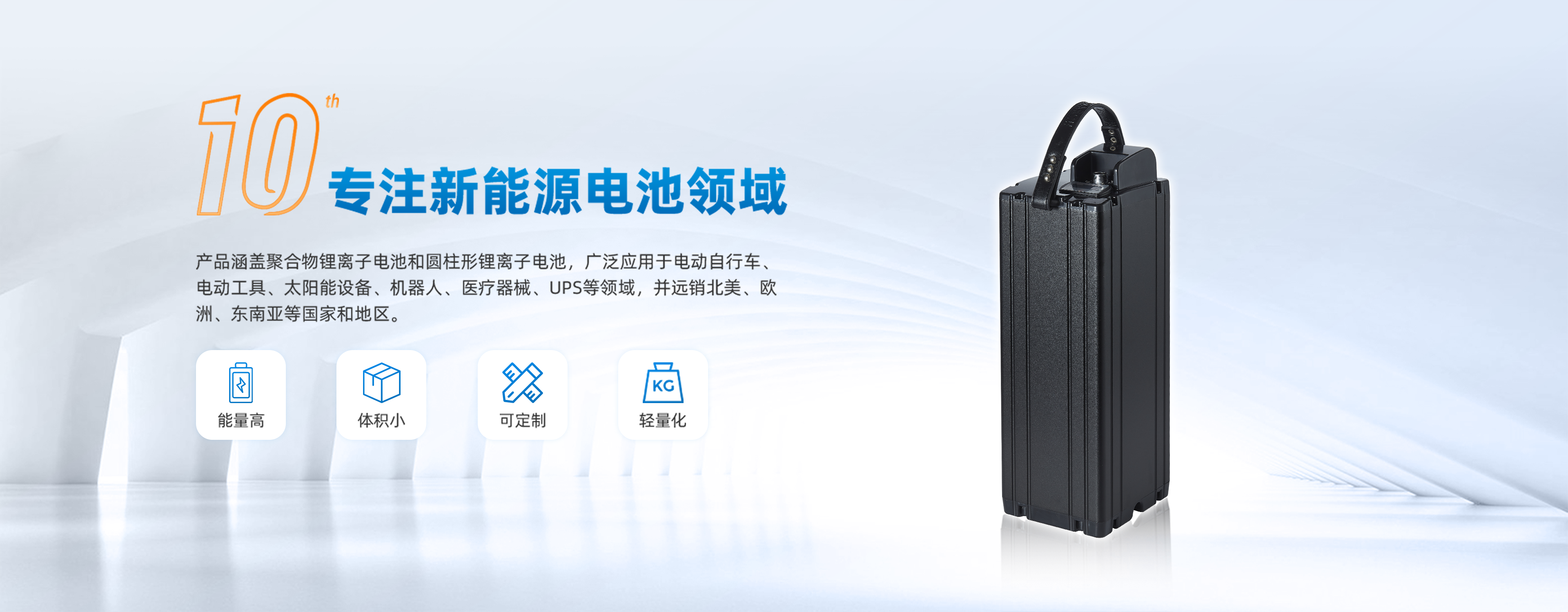
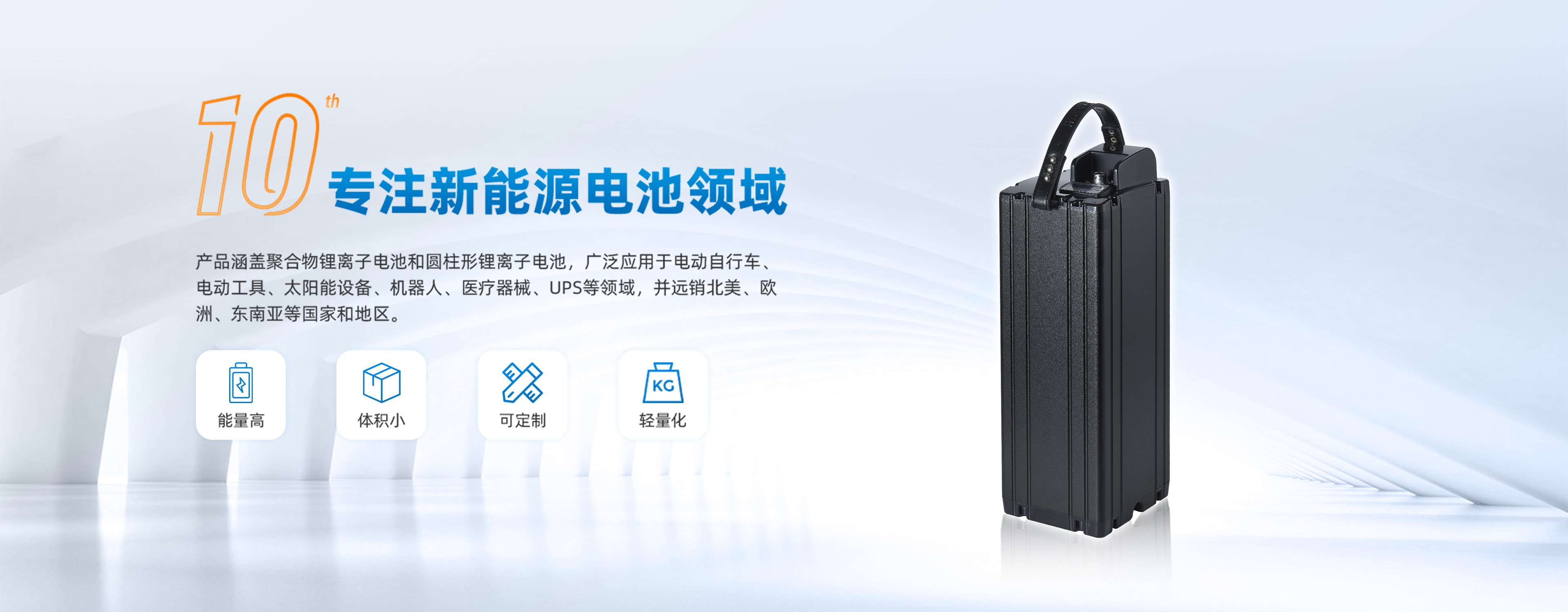
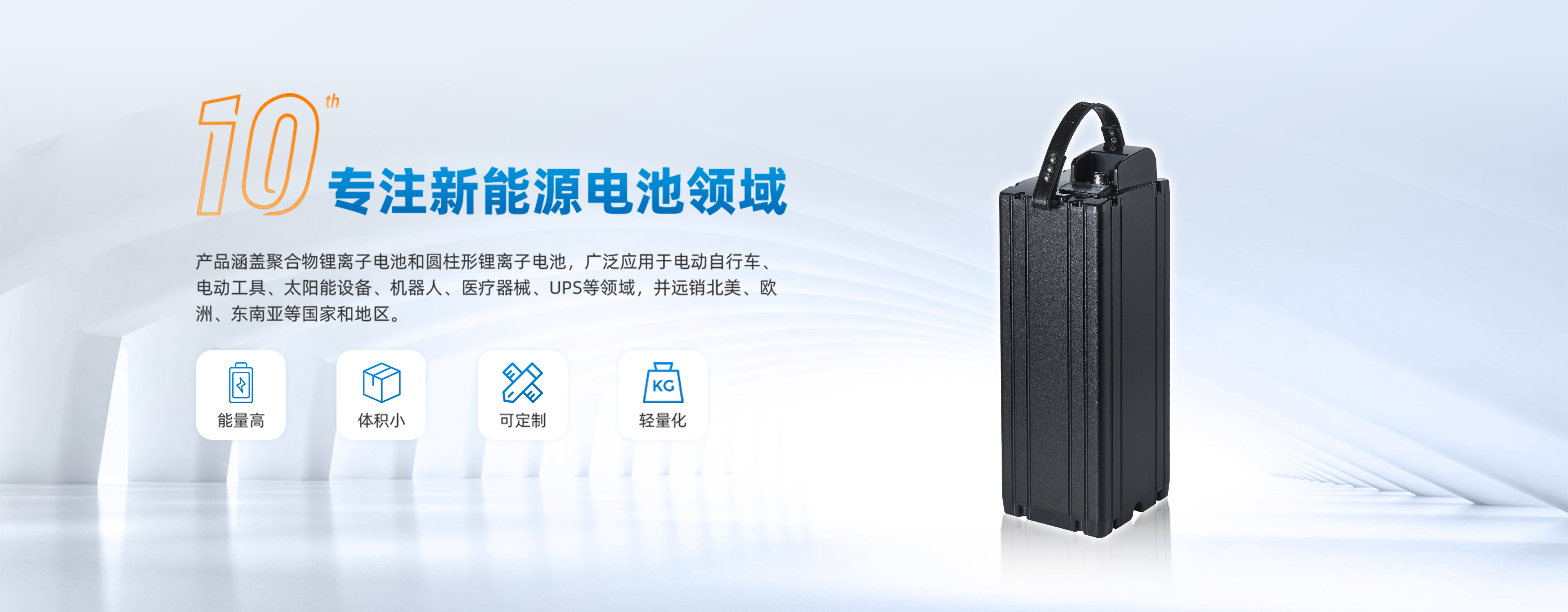



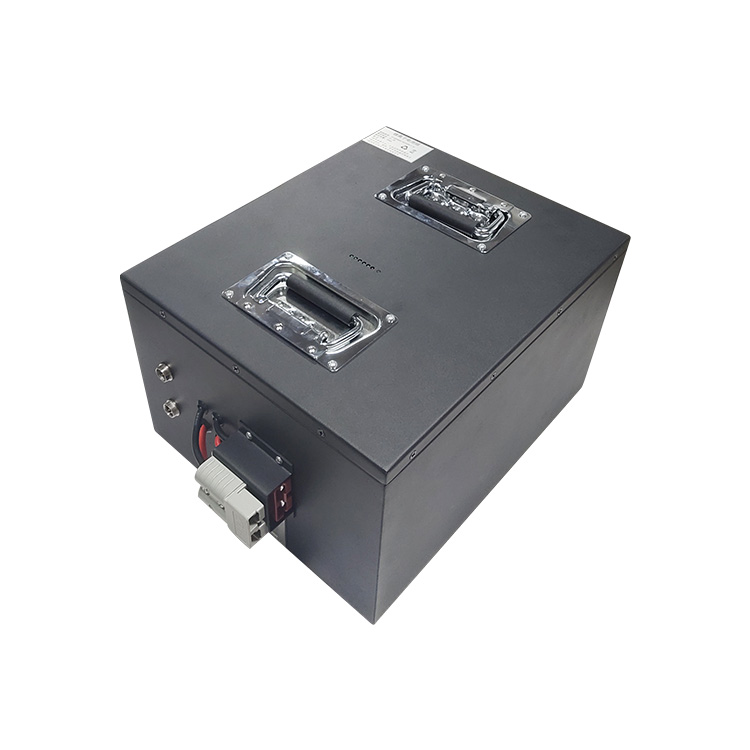


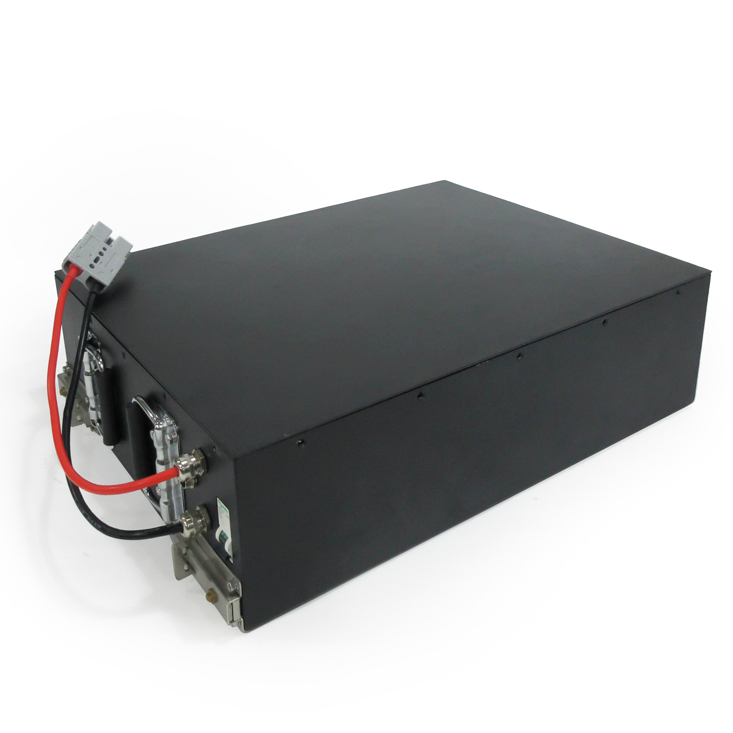

 Yue Gong Wang An Bei No. 4419002007491
Yue Gong Wang An Bei No. 4419002007491